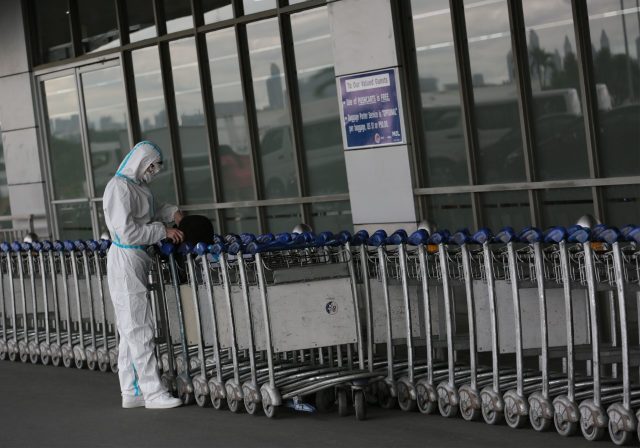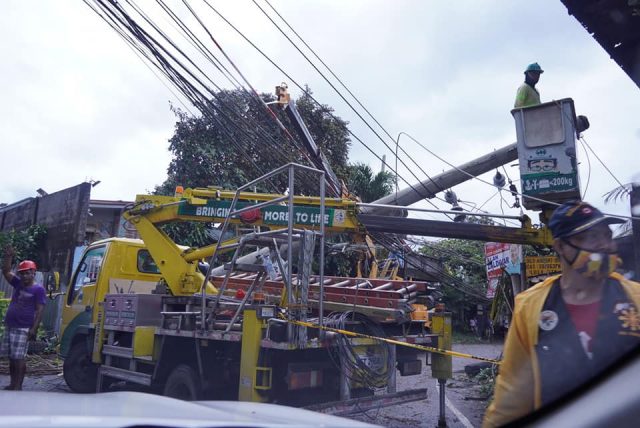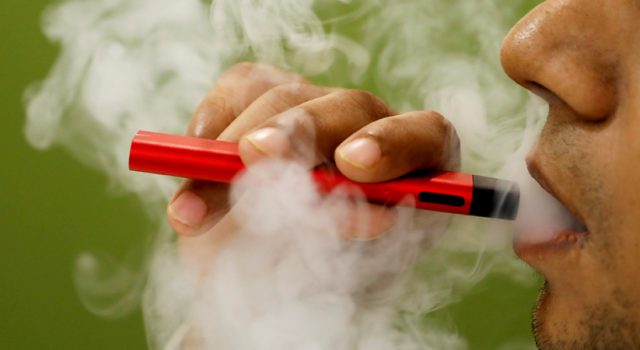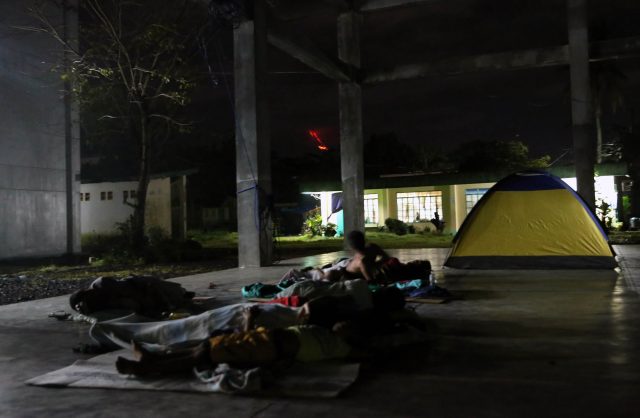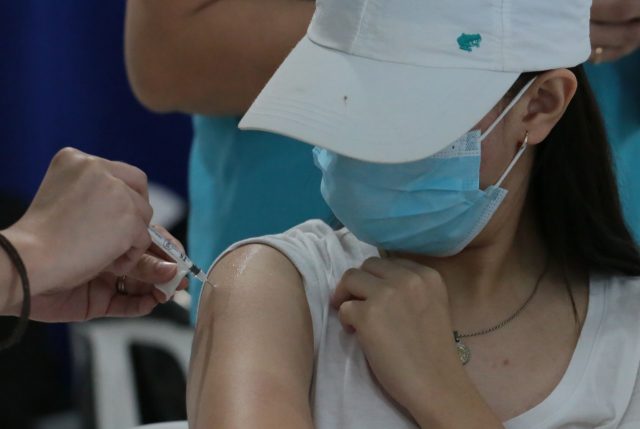Climate change is again at the limelight as global leaders and stakeholders from about 200 countries gathered to tackle the issue of climate change for the 26th Conference of the Parties (COP26) in early November in Glas-gow, Scotland.
The two-week conference, marked by intense negotiations, saw all countries agreeing to accelerate action against climate change and commit to tougher climate pledges. The deals though still fall short of the ambi-tious target of limiting warming to 1.5°C as set forth in the Paris Agreement in 2015.
While much, much more remains to be done, there has been some progress. Negotiators were able to finally strike an agreement on the common rules on carbon markets. Some 104 countries committed to reduce methane emis-sions by 30% between 2020 and 2030, while 110 nations pledged $19 billion to address deforestation. Countries also committed to accelerate efforts towards the phase-down of unabated coal power and inefficient fossil fuel subsidies. Further, the US and China, which are among the world’s biggest emitters, have issued a joint declaration on enhancing climate action in the 2020s. There were calls to return in 2022 with tougher climate pledges to cut greenhouse gas emissions and provide a loss and damage facility for countries most vulnerable to climate change.
On Nov. 13, COP26 concluded with all the countries agreeing to the Glasgow Climate Pact. The final Glasgow Climate Pact keeps 1.5°C alive and includes: an ask to phase down unabated coal power, the first ever COP cover decision to con-tain Loss and Damage, an ask to phase out inefficient fossil subsidies, countries agreeing to revisit their 2030 NDCs in 2022. — Twitter/COP26
Note: NDCs — Nationally Determined Contributions
Climate change is indeed a real challenge facing the world right now even as it continues to grapple with the COVID-19 pandemic. As a result of peoples’ and countries’ unmindful actions and inadequate mitigation efforts, climate change has manifested itself through extreme weather conditions, such as severe droughts, strong storms, deadly heat waves, raging forest fires, intense floods, terrible hurricanes, and frightening rise in sea water lev-els.
A new study published in Nature in early October provides evidence that human-induced climate change is now occurring in 80% of the world’s land area, affecting about 85% of the world’s population. The comprehensive research, which assembled data from over 100,000 impact studies examining detectable environmental signals of human-induced climate change, found that there is growing evidence on how climate change is impacting socie-ties and ecosystems.
Conducted by Mercator Research Institute on Global Commons and Climate Change in Berlin, the study noted that the world is getting hotter and hotter in a consistent way.
A crucial element in the fight against climate change is the removal of greenhouse gases (GHG), which are responsible for the warming of the earth’s atmosphere. These GHGs include water vapor, carbon dioxide, methane, nitrous oxide, ozone, and man-made chemicals, such as chlorofluorocarbons (CFCs).
A study by Aalto University revealed that “rapid, out-of-control growth of greenhouse gas emissions may, by the end of the century, lead to more than a third of current global food production falling into conditions in which no food is produced today — that is, out of safe climatic space,” as explained by Matti Kummu, professor of global water and food issues. Published in Science Daily in May 2021, the study defined safe climatic space as “those areas where 95% of crop production currently takes place, thanks to a combination of three climate factors, rainfall, temperature and aridity.” However, if emissions are reduced collectively so that warming is kept within 1.5 to 2°C, “only a fraction of food production would face as-of-yet unseen conditions,” the study cited.
Further, the study showed that food production in South and Southeast Asia as well as the Sahel region of Africa will be threatened by changes in rainfall, aridity and warming climate as these areas “lack the capacity to adapt to changing conditions.”
It also assessed the impact of climate change on 27 of the most important food crops and seven different kinds of livestock in 177 countries and found that “the entire food production would remain in the safe climatic space in the future” in 52 countries including Finland and most of Europe.
Some “20% of the world’s crop production and 18% of livestock production under threat are located in countries with low resilience to adapt to changes.”
If carbon dioxide emissions are kept under control, the world’s largest climatic zone — the boreal forest, which spans northern North America, Russia, and Europe, would contract to only 14.8 million square kilometers (sq.km.) by 2100 from 18 million sq.km. today. Failure to cut emissions would leave only roughly 8 million sq.km. of the vast forest. A dramatic reduction is seen in North America with only a third of the area projected to remain in 2090 from about 6.7 million sq.km. in 2000.
A way to tackle climate change is to target net zero. This means balancing the amount of GHG produced with the amount removed from the atmosphere. Net zero is achieved when the amount produced is no more than the amount removed.
An article from McKinsey and Co., published on Oct. 27, tackled the nine requirements to solve the net-zero equation. It noted that while there are extensive commitments from government, private and social sectors towards transitioning to a net-zero world within three decades or sooner, translating commitment to action is constrained by several factors. These include the substantial additional spending required on physical assets (both capital expend-itures and consumer spend on durable goods) for the transition, the call for collective and global action which entail hard choices, the need for urgent action now to prevent “unrelenting accumulation and compounding of physical risks in the future” and the need to change long-established business practices and lifestyles.
The article discussed the criticality of an orderly transition considering “the central role of energy in all economic activity and the profound consequences that disruptions to energy markets can entail.” The transition entails re-shaping energy- and land-use systems, the most important systems supporting life and well-being. Disturbances to these systems, no matter how small, “could affect daily lives, from raising producer and consumer costs to impairing energy access, and could lead to delays and public backlash.”
The article explained that in order to achieve a net-zero transition, nine key requirements need to be met, which are grouped into three categories: Physical building blocks, encompassing (1) technological innovation, (2) ability to create at-scale supply chains and support infrastructure, and (3) availability of necessary natural resources; Economic and societal adjustments, comprising (4) effective capital reallocation and financing structures, (5) management of demand shifts and near-term unit cost increases, and (6) compensating mechanisms to address socioeconomic impacts; and, Governance, institutions, and commitment, consisting of (7) governing standards, tracking and market mechanisms, and effective institutions, (8) commitment by, and collaboration among, public-, private-, and social-sector leaders globally, and (9) support from citizens and consumers. These requirements are “interdependent” and need to be addressed with “singular resolve, unity and ingenuity.”
In the Philippines, a study entitled “Climate Change and Food Security Analysis (CCFSA) in the Philippines” analyzed the interconnectedness of climate change and food security in the country, with emphasis on the threats and opportunities in relation to food, nutrition, and livelihood in the rural and urban areas. Conducted by the Alliance of Biodiversity International and CIAT and the World Food Program, it showed that agriculture bore the brunt of past climate change damage, accounting for over 60% of total damage. Agriculture provides employment to some 10 million people. Coastal communities dependent on fisheries and aquaculture, especially in the Visayas and Mindanao, inland rice production areas in Mindanao, and pasture and livestock livelihoods are particularly vulnerable to climate change.
The study also came up with: a.) the first-ever Philippine livelihood zone map; b.) crop suitability models; c.) multi-hazard risk maps; and d.) climate change impact scenarios for 2030, 2050, 2070, and 2090, also a first for the country. The study was launched in early November, coinciding with the last day of COP26.
The Philippines ranked 2nd among 135 countries in the world as most affected by climate change based on the 2020 Global Climate Risk Index. An average of 20 typhoons enter the Philippine Area of Responsibility, with some eight to nine crossing the country.
In early November, the Department of Agriculture (DA) – Philippine Council for Agriculture and Fisheries organized the Committee on Climate Change, Environment, and Natural Resources in support of the One DA Agenda and as part of its role to promote and facilitate broad-based participatory development mechanisms and processes. Through the initiative, it hopes to be able to foster discussions and actions towards climate change adaptation and mitiga-tion among various stakeholders.
The research and initiatives that have been cited do not even scratch the surface of the numerous others that have been done or are being done not just in the country but all over the world. The results are mostly meant to provide inputs for planning and decision making, and to spur multi-sectoral and even individual actions to mitigate the effects of climate change.
The sad reality is that developed nations are the main contributors to climate change but developing countries are the ones most affected by its consequences. Admittedly, the major work lies in the hands of various governments worldwide. Country commitments have been made in COP26. Hopefully, those commitments will be followed through.
But as individuals, people can also do their fair share through the way they live — use of more energy efficient appliances/gadgets, eating less meat, reducing food and water wastage, green commuting through walking, biking, car sharing, etc., and many more.
Addressing climate change is daunting. It is not the job of just one individual, one community, one government, one country. Everyone has a stake. Collectively, as countries and as peoples, what we do and do not do now will spell the difference, especially in the lives of the future generations.
This article reflects the personal opinion of the author and does not reflect the official stand of the Management Association of the Philippines or MAP.
PROF. ROLANDO “ROLLY” T. DY, Ph.D, is co-vice-chair of the MAP Agribusiness Committee and the executive director of the Center for Food and Agri Business of the University of Asia and the Pacific (UA&P). map@map.org.ph rdyster@gmail.com.




